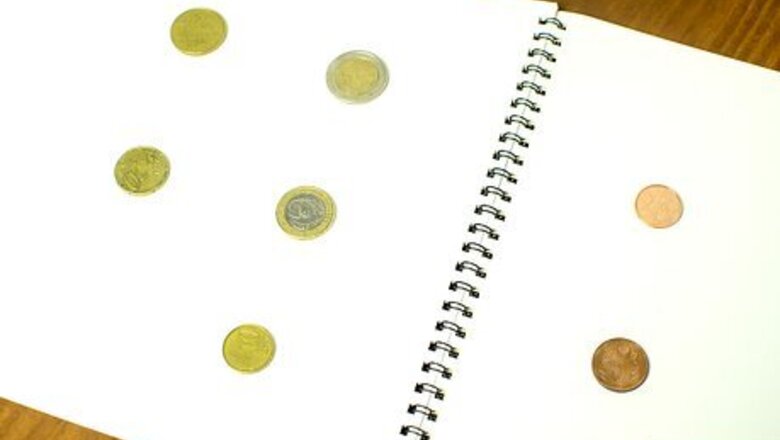
views
Organizing Your Coin Collection
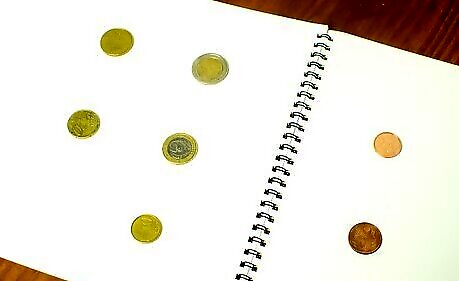
Display your coins in an album so you can easily see your collection. This is perhaps one of the more popular ways to organize and enjoy your coin collection, as it’s easy to see what you have without having to dig through a storage container. Place a coin in each sleeve to keep them separated and neat. As your collection grows, you can purchase additional albums. Or, you could buy an album that you can add extra sheets to as your collection grows.Tip: Use acid-free archival quality paper and material to store your coins. Coins can react to the materials and chemicals in paper and plastic, so it’s important to prioritize storing them properly.
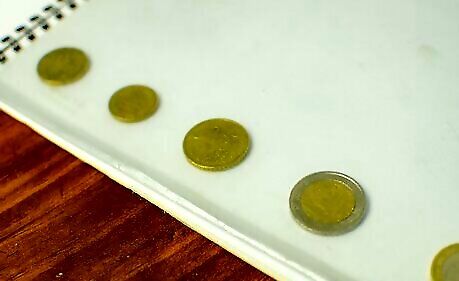
Get a folder made for a specific series of coins to organize by type. For example, you could get a folder specifically for pennies, nickels, dimes, quarters, half-dollars, or silver dollars. There are folders for state quarters, national park quarters, and Morgan silver dollars. If you have a special collection, search online to see if there is a folder made just for it. Folders and albums are both made up of 2 by 2 in (5.1 by 5.1 cm) sleeves. The coins slide into the sleeves so that their features on both sides are displayed. There’s also room on the sleeve to write descriptions of the coins.
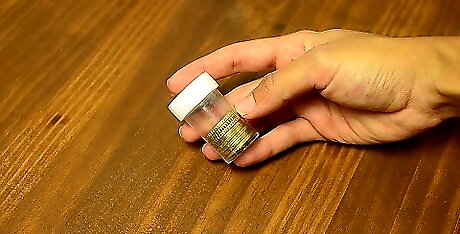
Use tubes to store large quantities of coins in a compressed space. If you collect a large number of coins, storing them individually in 2 by 2 in (5.1 by 5.1 cm) sleeves may not be the most practical choice. Buy round tubes made specifically for your coins. Tubes protect your coins from humidity and moisture and keep them neatly organized. You can buy tubes for any size of coin. Use masking tape or a label to write a description of the contents of each tube to further help keep things organized.

Put high-value coins in a coin slab to give them extra protection. A coin slab is an airtight PVC-free plastic case, which can be bought online. Each slab holds one coin, and they’re most often used for rarer coins or ones of a higher value. There are over 30 sizes of slabs that fit almost every size of coin that there is. If you use a lot of slabs, there are boxes and albums made specially to display them.

View all 3 sides of a coin while keeping it safe with a coin edge holder. These are small plastic cases that hold a coin so that you can easily see the front, back, and edge. They’re great for coins that have writing along the edge that you want to be able to show off. Like most other storage methods, there are boxes, albums, and folders made to store coin edge holders so you can keep your collection organized.
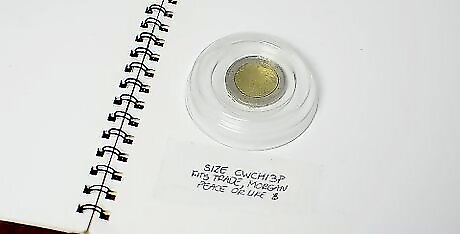
Label each coin with a description to keep an accurate inventory. You may also want to cross-reference your albums or folders with a written or typed record. If you prefer tracking things on your phone, consider downloading an app like PCGS CoinFacts, NGC Coin Collecting, Coin Book Pro, or Coin Manage. Make sure to include the following information in the description for each coin in your collection: Year Denomination Mintmark Grade Date of purchase and purchase price, if applicable
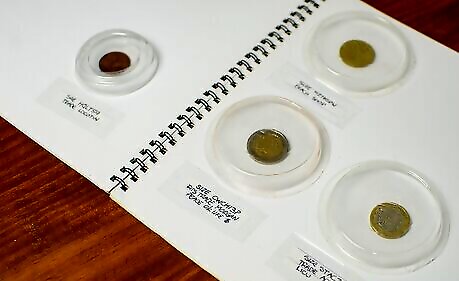
Leave space in your storage containers or albums for additional coins. Give your collection room to grow! Always have a few extra sheets, albums, folders, or tubes available so that you have somewhere to place new coin acquisitions. Part of the joy of collecting coins comes from keeping them organized and looking over what you have. Dedicate a little bit of time every week or month to maintain your collection so that it doesn’t become unmanageable.
Protecting Your Coins
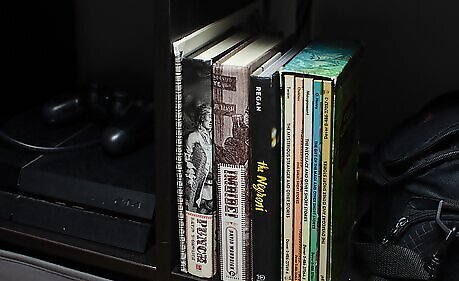
Keep your coin collection away from heat and humidity. Coins made of silver, copper, or nickel are at risk of being damaged by high levels of humidity. Also, exposure to a lot of heat can warp the storage materials your coins are in, which can mar your collection and potentially harm your coins. Keep your albums, folders, or tubes in a cool place away from vents and heating sources. If you live in a high-humidity area, you may want to consider getting a humidity-controlled safe or home system for your coins, especially if your collection is valuable.

Store your coin collection at home in a fire-proof safe. Not only will the safe protect the coins from thievery, but it will also keep them safe if there’s a fire or other natural disaster. Keep the safe somewhere out of the way, like in a spare room or closet. Make sure to put the key to the lock somewhere safe! You don’t want to lose it and not have access to your coins. If your coins aren’t of great value, storing them in a safe may not be a concern for you. Follow your instincts and do what seems reasonable for your private collection.
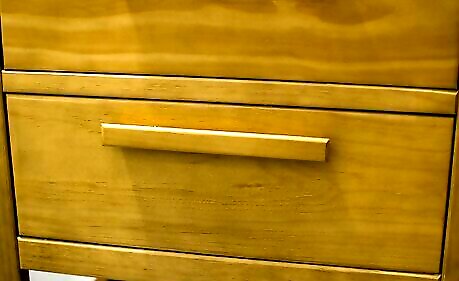
Keep your coin collection off-location in a bank vault or security box. This is a great option if you have specific high-value coins that you want to make sure to protect. If you don’t mind having limited access to your coins and want to prioritize keeping them safe, check with your bank to see what options are available. For general collections, it’s not always practical to keep everything at a bank. There is a maintenance fee, and the more space you use, the higher the cost.

Have your coins appraised and insured to protect against loss. You can usually add a rider to renter’s or home insurance to cover coins and jewelry—just call your insurance agent to see what you can do. You could also look into getting a personal articles policy, which would itemize your collection and provide coverage in case of loss or theft. Take photos of your coins to have in case of a loss. They’ll make it easier to reference what was in your collection.
















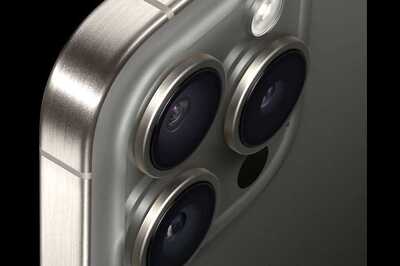


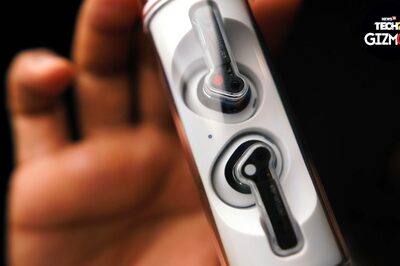
Comments
0 comment